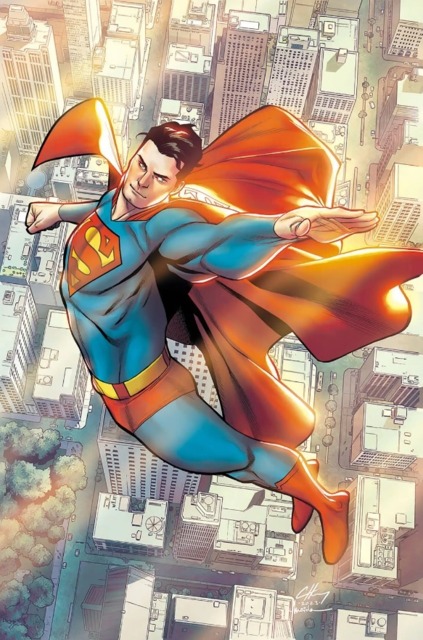@reactor said:
It's not like our daylight is yellow. Daylight appears blue because our atmosphere filters radioactive frequencies as it passes through, of which light is a part of. From our proximity to the sun, most of the long wavelengths dissipate before passing all the way through, and the shorter frequencies don't reach altogether. The wavelength of light that passes through hits around the middle of the frequencies, which is where the color blue is located (and as the Earth's side rotates almost fully away from the sun, the longer wavelengths reach through, which is why we get the "warmer" reddish colors near sunset). At least, that's why the sky appears blue (which is what I assume you meant). Light itself is composed of all visible wavelengths, so it doesn't really have a color.
Btw, I haven't gone over this stuff in years, so I may be wrong on a thing or two.
I found these articles:
http://www.cloisworld.net/other/krypton.shtml:
"What the real world tells us: Red stars come in two basic sizes - dwarves and giants. And red stars have a relatively cool surface. Light on the surface of the planet would resemble that of an incandescent bulb - when visiting or living on such a planet, the eye would compensate, making the surface appear brighter and 'whiter' than the star's light would otherwise suggest."
http://comicfacts.blogspot.com/2005/03/kryptonian-astrophysics-101.html:
"Traditionally, Krypton's sun was a red giant star. Birthright officially established that the Kryptonian sun was ared dwarf star. Red dwarfs are fairly common, and at least one is known to have a planet."
In the book — Action Comics Superman #14, titled "Star Light, Star Bright", Neil deGrasse Tyson, an American astrophysicist and science communicator, gets a cameo. He claims that Krypton is 27.1 light years away and orbits a red dwarf.
"But red dwarfs are also fairly unimpressive as suns go. They're small, only about 1/10 to 1/3 the size of our sun. And they're dim. Really dim. They put out less than 1% of the light that our sun does. Unless Krypton's orbit hugs its sun awfully tight, water on Krypton's surface would freeze."


Log in to comment